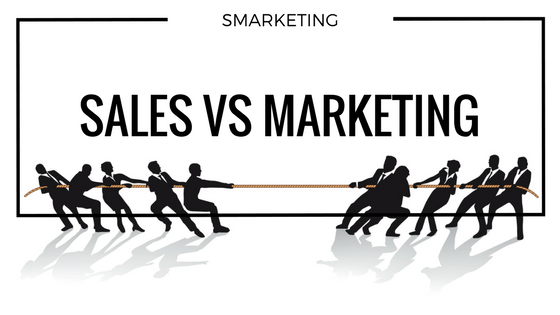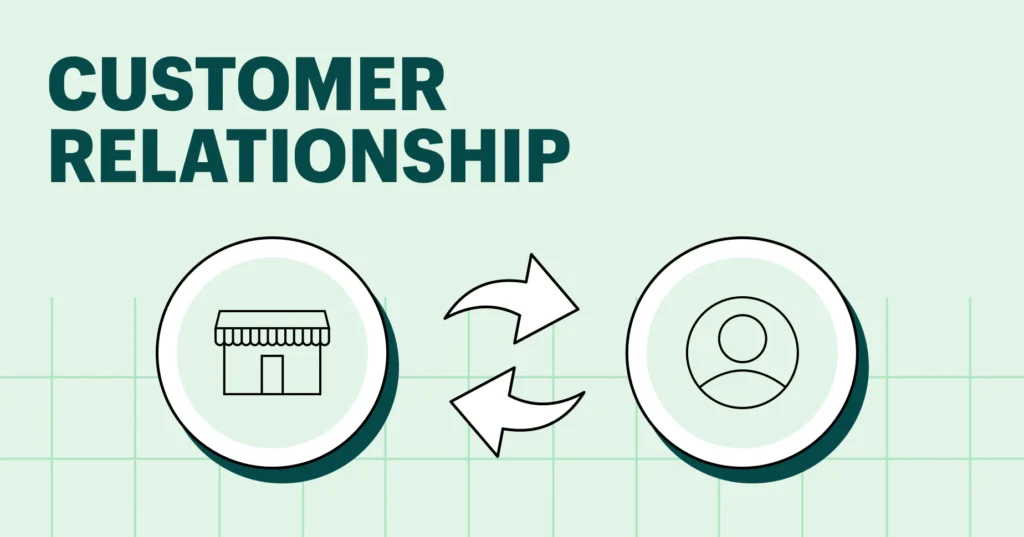Sales and Marketing are closely related but distinct business functions, each with its own goals and methods.
Sales
Sales involves the direct process of selling products or services to customers. It typically focuses on short-term goals, such as closing deals, meeting quotas, and generating revenue through transactions. Sales professionals engage directly with customers, often through personal interaction (phone calls, meetings, etc.), to convince them to make a purchase.
Key aspects of sales:
- Focus: Immediate transactions and revenue generation.
- Tactics: Direct engagement with prospects (calls, emails, meetings).
- Objective: Persuade customers to buy, often relying on relationships and negotiations.
- Metrics: Sales volume, revenue, number of deals closed.
Marketing
Marketing is the broader function of creating awareness, generating interest, and building demand for products or services. It focuses on long-term strategies aimed at understanding customer needs and communicating a brand’s value through various channels (advertising, content marketing, social media, etc.). Marketing efforts aim to drive potential customers (leads) toward the sales team.
Key aspects of marketing:
- Focus: Brand awareness, lead generation, and long-term customer engagement.
- Tactics: Market research, advertising, public relations, and digital marketing campaigns.
- Objective: Attract, engage, and nurture potential customers.
- Metrics: Brand recognition, website traffic, lead generation, return on marketing investment (ROI).
In the business industry, sales and marketing are two closely related yet distinct functions that contribute to the growth and success of a company. Here’s a detailed breakdown of their differences:
https://mymarketingfriend.me/what-is-marketing: Sales and Marketing
1. Definition and Focus

- Sales: The direct process of closing deals and exchanging goods or services for money. The main focus is on converting leads into paying customers.
- Primary Goal: Revenue generation through direct interaction with potential buyers.
- Short-term focus: The immediate goal is to close sales and meet sales quotas or targets.
- Marketing: The broader process of creating awareness, interest, and demand for a company’s products or services. It involves positioning the product in the market and making it attractive to potential customers.
- Primary Goal: Building brand awareness, generating leads, and nurturing long-term customer relationships.
- Long-term focus: Marketing tends to focus on creating sustainable demand and positioning the business as a leader in its market.
2. Role in the Business Process
- Sales: Takes place at the end of the customer journey. Sales teams usually engage when a prospect is ready to make a purchase, and their responsibility is to provide the final push to close the deal.
- Activities: Includes direct interaction with customers through phone calls, meetings, negotiations, and handling objections.
- Marketing: Is involved at the beginning and throughout the customer journey. It aims to attract potential customers, educate them, and build trust.
- Activities: Encompasses advertising, public relations, content creation, market research, branding, and lead generation. Marketing also provides valuable insights to the sales team, such as customer preferences and market trends.
3. Target Audience

- Sales: Focuses on qualified leads and prospects—people or businesses that have shown interest in the product or are ready to buy. Sales professionals often prioritize high-quality leads and work to personalize their interactions based on the customer’s needs.
- Marketing: Aims to reach a broader audience. This includes people who might not yet be aware of the product or service but could become future customers. Marketing’s goal is to create awareness among as many potential leads as possible and nurture them until they are ready for the sales team.
4. Strategy and Approach
- Sales: Involves a personal, one-on-one approach. Sales representatives interact directly with potential buyers, building relationships and customizing their pitch to meet the needs of each individual prospect.
- Techniques: Cold calling, email outreach, face-to-face meetings, product demonstrations, and handling customer objections.
- Marketing: Involves a broad and systematic approach to reach large groups of people at various stages of the buying process.
- Techniques: Content marketing (blogs, articles, videos), social media marketing, SEO (Search Engine Optimization), paid advertising (PPC, banners), and email campaigns. Marketing uses customer segmentation to deliver targeted messages.
5. Metrics and KPIs
- Sales: Success is measured by immediate revenue, the number of deals closed, and the sales quota achieved. Key performance indicators (KPIs) in sales include:
- Number of sales
- Conversion rates
- Revenue generated
- Average deal size
- Sales cycle length
- Marketing: Focuses on brand awareness, lead generation, and customer engagement. Marketing metrics are usually more qualitative and long-term, with KPIs including:
- Website traffic
- Lead generation and nurturing
- Social media engagement
- Customer retention and loyalty
- Market share growth
6. Relationship with Customers

- Sales: Builds and maintains direct relationships with customers, often one-on-one. Sales teams work closely with prospects, addressing their concerns and providing personalized solutions. Sales professionals typically have deep knowledge of individual customer needs and how to solve their specific problems.
- Marketing: Establishes brand relationships through indirect methods. Marketing aims to communicate the company’s values, benefits, and solutions to a broad audience. It builds a foundation of trust and interest that sales teams can later leverage.
7. Timing and Interaction
- Sales: Engages when a prospect is near the point of decision. Sales is transactional and time-sensitive, often occurring after marketing has nurtured leads to a decision-making stage.
- Marketing: Works to influence the early stages of the customer journey—before they are ready to buy. Marketing also continues to interact with customers after the sale, through post-sale engagement strategies, such as content marketing or customer loyalty programs.
8. Collaboration and Integration
- Sales: Relies heavily on the leads generated by marketing efforts and feedbacks on the quality of leads or market changes. Sales often helps refine the marketing approach by providing insights on customer objections, preferences, and common pain points.
- Marketing: Collaborates with sales to provide qualified leads and valuable market intelligence. Marketing creates content and campaigns aimed at supporting the sales team’s efforts, such as producing case studies, brochures, and competitor analysis.
9. Tools Used
- Sales: Often uses Customer Relationship Management (CRM) software to track leads, manage customer interactions, and monitor sales performance. Other tools may include sales automation software and direct communication platforms (like emails, calls, or video conferencing).
- Marketing: Utilizes a broader range of digital marketing tools, including social media platforms, SEO tools, email marketing software, content management systems (CMS), and analytics platforms like Google Analytics to track campaign performance.
10. Timeframe
- Sales: Operates on a short-term basis, focusing on immediate results, such as closing a deal within a specific quarter or month.
- Marketing: Functions with a long-term horizon, focusing on building brand equity, customer loyalty, and market positioning over time.
Summary Table:
| Aspect | Sales | Marketing |
|---|---|---|
| Focus | Closing deals and generating revenue | Creating awareness and generating demand |
| Goal | Short-term revenue | Long-term customer loyalty and brand growth |
| Target Audience | Qualified leads | Broad market, potential leads |
| Approach | One-on-one, personal interaction | Systematic, large-scale communication |
| Metrics | Sales volume, revenue, conversion rates | Lead generation, brand awareness, engagement |
| Tools | CRM, direct communication tools | Digital marketing tools, analytics platforms |
| Relationship | Direct customer relationships | Brand relationships, broader audience engagement |
| Timing | End of the customer journey | Early stages of the customer journey |
Conclusion
Both sales and marketing play vital roles in driving a company’s success. Sales focuses on direct interactions to close deals, while marketing builds awareness and generates interest to fill the sales pipeline. When these functions collaborate effectively, they create a seamless path for customers, from awareness to purchase, driving both short-term revenue and long-term growth.


